Atorvastatin
Introduction
Atorvastatin is a prescription medication used primarily to lower cholesterol levels and reduce the risk of heart disease. It belongs to a class of drugs known as statins, which work by inhibiting the enzyme responsible for producing cholesterol in the liver. Atorvastatin helps to prevent the buildup of plaque in the arteries, thereby reducing the risk of heart attacks, strokes, and other cardiovascular conditions. Regular use, alongside a healthy lifestyle, can improve overall heart health and lower cholesterol levels effectively.
Available Medicine for Atorvastatin
Uses of Atorvastatin
- Used to lower high cholesterol levels (LDL) and increase good cholesterol (HDL).
- Prevents the risk of heart attacks and strokes in people with heart disease or high cholesterol.
- Helps reduce the risk of cardiovascular events in individuals with diabetes or other risk factors.
- Used to slow the progression of atherosclerosis (hardening of the arteries) by lowering cholesterol.
How Atorvastatin Works
Atorvastatin works by inhibiting HMG-CoA reductase, an enzyme in the liver responsible for producing cholesterol. This results in reduced cholesterol levels in the blood, which helps prevent plaque buildup in arteries, improving overall heart health. The drug also helps raise HDL (good cholesterol) levels, further protecting against cardiovascular diseases.
Benefits of Atorvastatin
- Effective in lowering LDL (bad cholesterol) and raising HDL (good cholesterol).
- Reduces the risk of heart attack, stroke, and other cardiovascular issues.
- Helps prevent the progression of heart disease and atherosclerosis.
- Improves overall heart health, especially in individuals with high cholesterol or diabetes.
How to Take Atorvastatin
Atorvastatin is typically taken once a day, with or without food. The dosage will depend on your cholesterol levels, age, and other health conditions. Follow your doctor` s instructions and take the medication at the same time each day for best results. It is important to not skip doses, as consistent use is key to managing cholesterol levels effectively. If you miss a dose, take it as soon as you remember, but never double the dose to make up for a missed one.
Side Effects of Atorvastatin
- Common side effects may include headache, muscle pain, and mild digestive issues.
- Serious side effects could include muscle weakness, liver problems, and unusual fatigue.
- Allergic reactions, though rare, can cause swelling, rash, or difficulty breathing.
Safety Advice
- Consult your doctor if you have liver disease, kidney problems, or a history of muscle disorders.
- Inform your doctor of any other medications you are taking, especially other cholesterol-lowering drugs.
- Regular blood tests may be required to monitor liver function and cholesterol levels while on Atorvastatin.
- Exercise caution if you are pregnant or breastfeeding, as Atorvastatin should not be used during these times.
Frequently Asked Questions (FAQs)
Q: How long does it take for Atorvastatin to lower cholesterol?
A: Atorvastatin typically starts lowering cholesterol levels within 2 weeks of use, with maximum effects seen in about 4 weeks.
Q: Can I drink alcohol while taking Atorvastatin?
A: It is advisable to limit alcohol consumption while on Atorvastatin, as it may increase the risk of liver damage.
Q: Can Atorvastatin cause muscle pain?
A: Yes, muscle pain is a known side effect of Atorvastatin. If you experience unexplained muscle weakness or pain, contact your doctor immediately.
Q: Is Atorvastatin safe for long-term use?
A: Yes, Atorvastatin is generally safe for long-term use when monitored regularly by a healthcare professional. Regular blood tests are recommended to ensure liver function is normal.
Q: Can I stop taking Atorvastatin once my cholesterol is under control?
A: It is important to follow your doctor`s advice regarding stopping or adjusting the medication. Discontinuing Atorvastatin without medical consultation could cause cholesterol levels to rise again.
Related Salt
Disclaimer : Zeelab Pharmacy provides health information for knowledge only. Do not self-medicate. Always consult a qualified doctor before starting, stopping, or changing any medicine or treatment.
Download India's most affordable pharmacy app
- Compare with medicine prices
- Save upto 90% on your medicine bills

Temperature Controlled storage and delivery
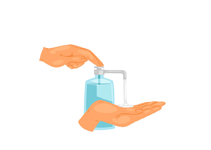
Regular Sanitization

Disinfected Packaging
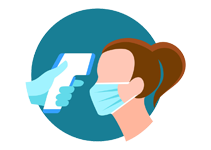



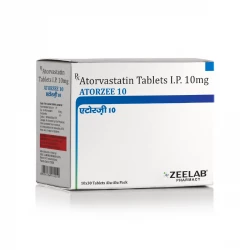
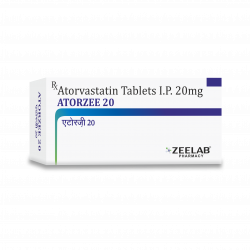
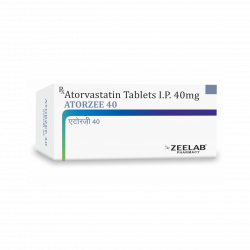









 Added!
Added!